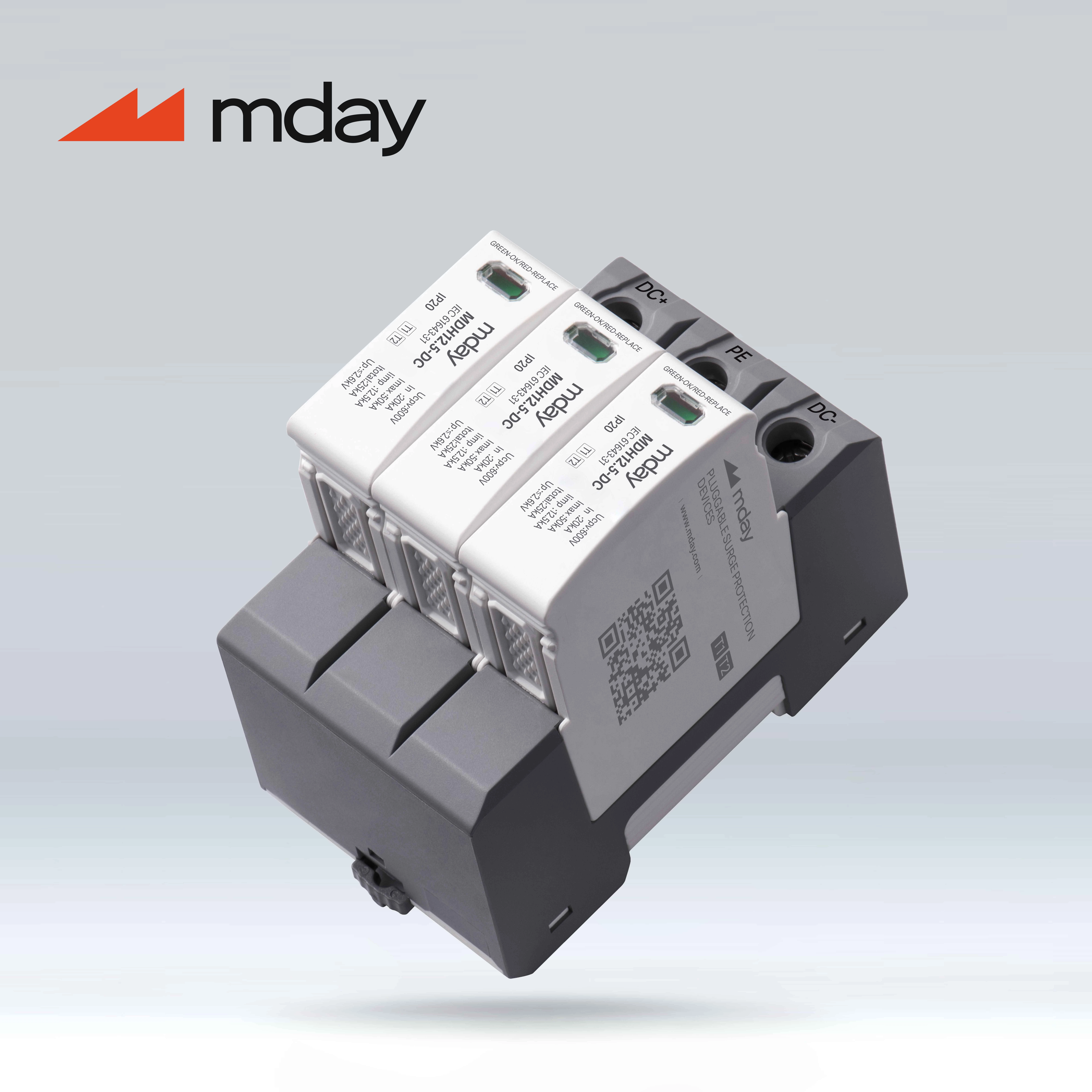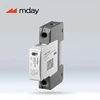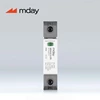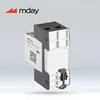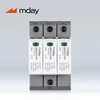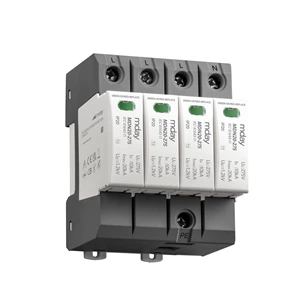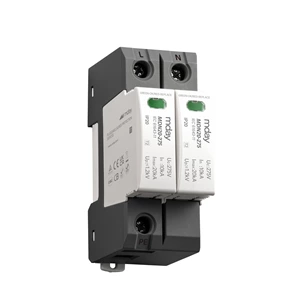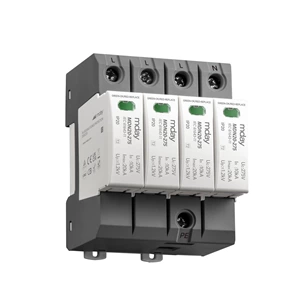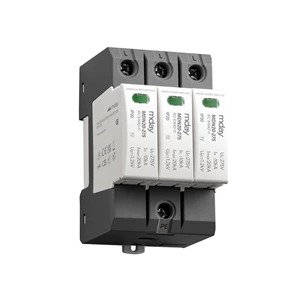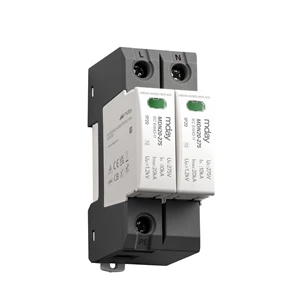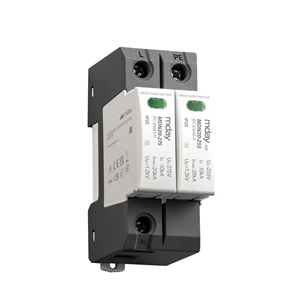What Is The Best Up Value For A Surge Protector?
In the parameters of surge protectors, what is the Up value and how to choose it?
National Standard 18802.12 Section 3.1.4 defines: Voltage protection level (Up): It is a performance parameter that characterizes the voltage between the surge protection device terminals. Its value can be selected from a list of preferred values. The value should be greater than the highest value of the limiting voltage.
Up is provided by the manufacturer. By definition, this value should be equal to or greater than the highest value of the measured limiting voltage. The manufacturer should consider manufacturing deviation when determining this value. Preferred values of voltage protection level: 0.08 kV, 0.9 kV, 0.10 kV, 0.12 kV, 0.15 kV, 0.22 kV, 0.33 V, 0.4 kV, 0.5 kV, 0.6 kV, 0.7 kV, 0.8 V, 0.9 kV, 1.0 kV, 1.2 kV, 1.5 kV, 1.8 kV, 2.0 kV, 2.5 kV, 3.0 kV, 4.0 kV, 5.0 kV, 6.0kV, 8.0 kV, 10kV.
The voltage protection level of voltage-limited SPD is related to the In nominal discharge current and Ipeak impulse current peak value in the specified Class I test and In in the Class II test. The voltage protection level in the Class III test is determined by the combined wave test (Uoc).
The voltage protection level of voltage-switching SPD or composite SPD is also related to the discharge voltage.
When selecting the appropriate voltage protection level value of the SPD, the surge tolerance of the protected equipment (or the impact immunity of key equipment) and the nominal voltage of the system should be considered. The lower the voltage protection level value, the better its protection performance. The limitations of Uc and UT, the degradation of the SPD and the coordination with other SPDs should also be fully considered.
A small Up value is beneficial to the protection of the equipment, but the smaller the Up value, the better. Considering factors such as temporary overvoltage TOV, it should be properly selected to match the protected equipment.
The IEC 60364 standard requires that the voltage protection level of the SPD at the 230/400Vac power grid inlet should not exceed 2.5kV: This value meets the withstand voltage requirements of electromechanical equipment. The impact tolerance of the electronic equipment interface is low, and more sophisticated protection is required. Usually, an SPD with an Up (voltage protection level) of no more than 1.5kV is configured.
National Standard GB50057 Section 4.2.4.8: A Class I test SPD should be installed at the main distribution box where the power supply is introduced. The voltage protection level of the surge protective device should be less than or equal to 2.5kV. When the impact current value of each protection mode cannot be determined, the impact current should be equal to or greater than 12.5 kA.
National Standard GB50057 Section 4.5.4.3: A Class II SPD should be installed on the power supply side of the switch in the distribution box. Its voltage protection level should not be greater than 2.5kV, and the nominal discharge current value should be determined according to the specific situation.
